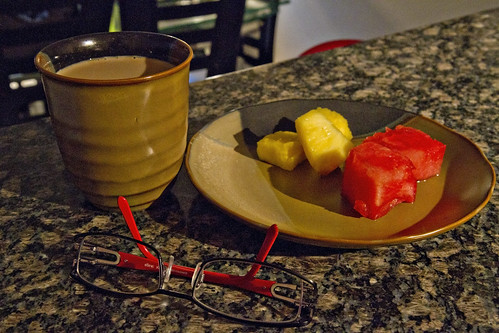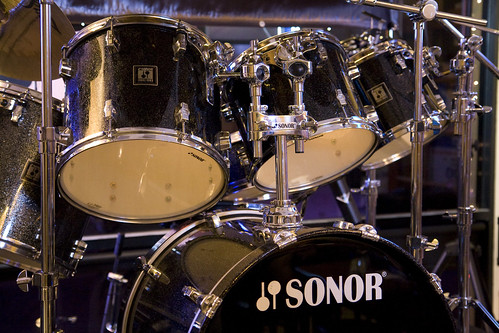
Light painting is one of those things you save for a Saturday night with the kids. It’s fun, easy, you’ll get results you never expected, and the kids will have a blast. All you need is a dark area, a stout tripod, remote release, and an assortment of lights, glow sticks, and flashlights.
One safety rule: Leave the laser pointers at home. Laser light and your camera sensor do not mix and permanent damage can result. Some people do use lasers to “write” on a solid surface and that’s fine, just understand a beam of coherent light coming directly in the lens and your camera is a very expensive paperweight.
This is where you’ll get familiar with your camera’s “B” or Bulb setting. Bulb means you open the shutter and it will stay open as long as you’ve got your finger on the trigger.
There are two basic styles to light painting: You can attempt to draw things in the air with your lights, or you can attempt a design or abstract shape. When you’re done with the design part, then you can decide whether you want to fire a flash unit and illuminate the rest of the area, sometimes including the artist, or not.
For abstract shapes, one of my favorite tricks is to tie a glow stick on a piece of string and swing it around with the shutter open. This is your chance to go crazy. Try different colors, different patterns, use your lights to make outline of solid objects. You’re only limited by time and your imagination.
Just remember, in the summer, be sure and take some bug spray with you. You’ll need it.

















 Vivian Maier, a Chicago nanny who took more than 100,000 photos during her lifetime but never showed them to anyone. Somehow her photos found their way into the hands of local historian John Maloof in 2007, John knew she had talent but unfortunately she died before her genius could be shared with the world. Her photos have been exhibited around the world and some say she may rank among the top street photographers of the 20th century.
Vivian Maier, a Chicago nanny who took more than 100,000 photos during her lifetime but never showed them to anyone. Somehow her photos found their way into the hands of local historian John Maloof in 2007, John knew she had talent but unfortunately she died before her genius could be shared with the world. Her photos have been exhibited around the world and some say she may rank among the top street photographers of the 20th century.


